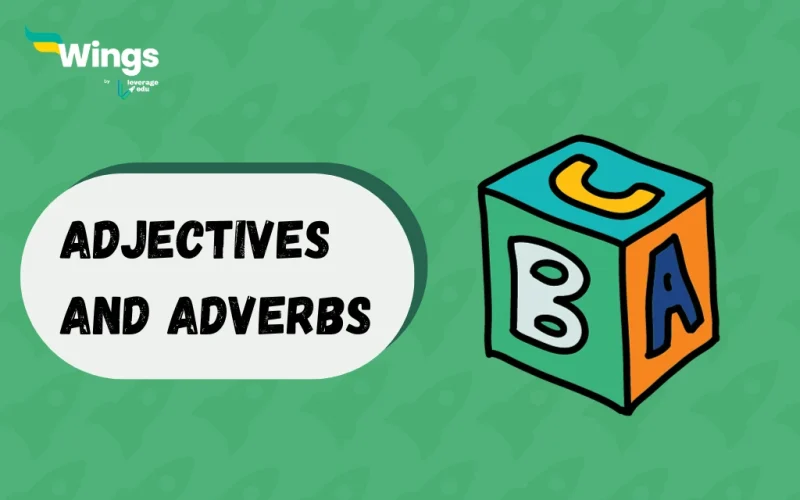Adjectives and Adverbs: My mother sat down. A sentence like this sounds perfectly fine as it conveys information but is plain. How about we spice things up? However, it could have also been written like this: My angry mother sat down. To get things more exciting, it can also be written as My angry mother sat on the chair and started playing the piano. Here’s another exciting sentence!
As you can see, in both our sentences, we used modifying words which gave more details about the scenario. In the above scenario, we used both these expressions: adjectives and adverbs in the sentences. Similarly, in this blog, we will learn how with the help of both these we can create magic in our sentences. Read on to learn more.
This Blog Includes:
What is Adjective?
An adjective is a word that modifies a noun or a pronoun. The main purpose of this expression is to describe a noun or a pronoun by stating its characteristics or by providing more information about it.
Here are some examples:
- The hungry lions were roaring looking at the beautiful deers.
- As I came from the office, I couldn’t cook food as I was very tired.
Here is a list of common adjectives that can be used in sentences:
Dizzy, angry, glad, hot, icy, lazy, missing, careful, soft, transparent, victorious, wobbly and the list goes on.
Also Read: Limiting Adjectives Meaning, Types and Exercises
What is An Adverb?
An adverb is a word that modifies a verb, a clause, an adjective or even another adverb. In general, adverbs provide more information that answers questions like: What?, When?, Why? And How?.
Check out some examples:
- He quietly ate the food.
- He quietly ate the food yesterday.
Also Read: Adverbs for Manner: Meaning, Definition, Examples, Exercises
How to Differentiate Between Adjectives and Adverbs?
It is very easy to confuse adjectives and adverbs as both are modifiers which are used in providing information about a situation. Adjectives like well, late and fast can even be used as adjectives or adverbs. So, we arrive at the question – how do we differentiate between the two?
The best way to figure out if a word is an adjective or an adverb is to check the relation in what it is modifying. If it modifies a noun or a pronoun, then is an adjective. Whereas, if it is modifying anything else, then it is an adverb. One should note that adverbs modify clauses, adjectives, verbs and adverbs.
Credits: American English
How to Turn Adjectives into Adverbs?
Changing adjectives into adverbs is quite simple. Most of the adverbs are simple an adjective with a -ly stuck on at the end.
However, the best way to change is to simply put -ly at the end of the adjective. Check out some of the examples.
If the adjective ends with a ‘y’ then you can drop it and add ‘ily’.
If the adjective ends in ‘tle’ or ‘ble’ then it can be replaced with ‘e’ or ‘y’ to make an adverb.
Lastly, if the adjective ends with an ‘ic’, add only ‘ally’ to make it into an adverb.
In some cases, one can simply use an adverb or an adjective and you don’t have to change the whole world at all. Examples include: wrong, end and straight
Check Out Other Blogs!
FAQs
It is a word or phrase that modifies or qualifies an adjective. Example: Don’t drive eat so fast.
It is a sentence where an adjective is placed next to the noun/pronoun. Example: The green birds have built a nest next to the pigeons.
It is an adverb that shows how someone does something or how an event has happened.
To advance your grammar knowledge and read more informative blogs, check out our Learn English page and don’t forget to follow Leverage Edu.
 One app for all your study abroad needs
One app for all your study abroad needs















 60,000+ students trusted us with their dreams. Take the first step today!
60,000+ students trusted us with their dreams. Take the first step today!

